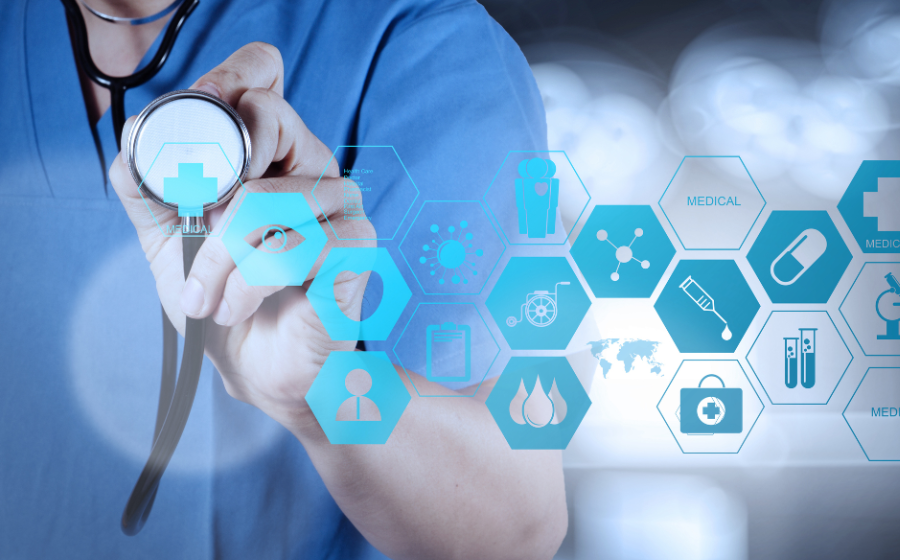The medical field has enjoyed and benefited the most regarding technology. Many equipment and machinery are produced daily to help treat the patient and make the work more accessible and practical.
Some great inventions include the MRIS and X-ray, which have been used extensively to save many lives. It’s without forgetting the contribution of companies such as Micro Weld, Inc that ensure incredible Industrial Welding and maintenance of such medical equipment.
Such companies have ensured the assembly of complex medical equipment, often sensitive to many factors. Today, technology is an integral part of the medical profession, from managing medical records to treating patients. This blog will explore how technology has changed healthcare and the improvements made.
Easy Accessibility
Technology has made it uncomplicated for people to access healthcare facilities. With telemedicine, doctors and specialists can connect and recommend medication to their patients without them visiting them. This helps reduce the number of patients flocking and queuing at the hospital waiting for medication.
Further, it has helped increase the diagnosis and treatment rate while improving the quality of care. Doctors can share their thoughts on specific issues to help them know the exact problem and develop the best treatment.
Also, patients can be able to book appointments online and be able to see their doctors without having to travel long distances. It’s also crucial to note that the patients can access information about their sickness and symptoms. This helps them to live healthy lives and evaluate the best physicians.
Help Personalize Experience
Technology has played a key role in creating a significant relationship between doctor and their patients. Further, online tools have enabled patients to track their health and quickly contact their doctors online without visiting the clinic.
This has enabled patients to enjoy a more personalized experience in health care by using health-tracking apps and smart devices that monitor blood pressure and heart rate.
Accuracy
The technology has made it possible to create practical prototypes in diagnosis and treatment. It has enabled the specialist to find new ways to treat and diagnose patients. Some of the major equipment, such as CT scans and MRIs, have helped healthcare providers to be able to diagnose the precise cause of illness with high accuracy levels.
The systems developed have made it easy to study the human anatomy making it possible for doctors to view your body, know the extent of the illness and adopt ways to treat it. Further, in case of an issue, some professionals can help detect and med the error for the machines to work effectively. In addition, the advances in medical and pharmaceutical devices have helped reduce errors by improving patient outcomes.
Summary
To wrap up this discussion, technological development in the medical field has immense benefits that doctors and patients enjoy. It’s crucial to research the available devices and software that can help you connect with your doctor to get help in case of an issue.
Embracing the role of technology in healthcare helps in understanding what it does for our lives and what’s supposed to be done. Further, a facility should ensure they incorporate the latest equipment and contact various specialists to help install and maintain it to ensure effectiveness.



